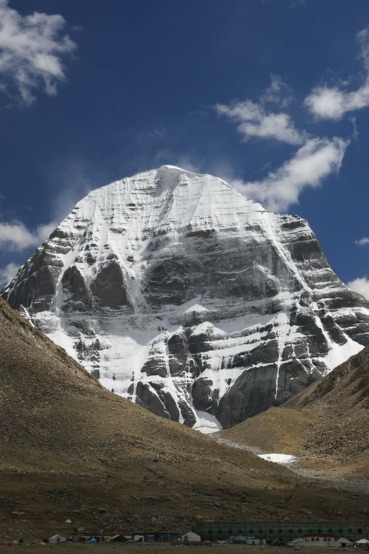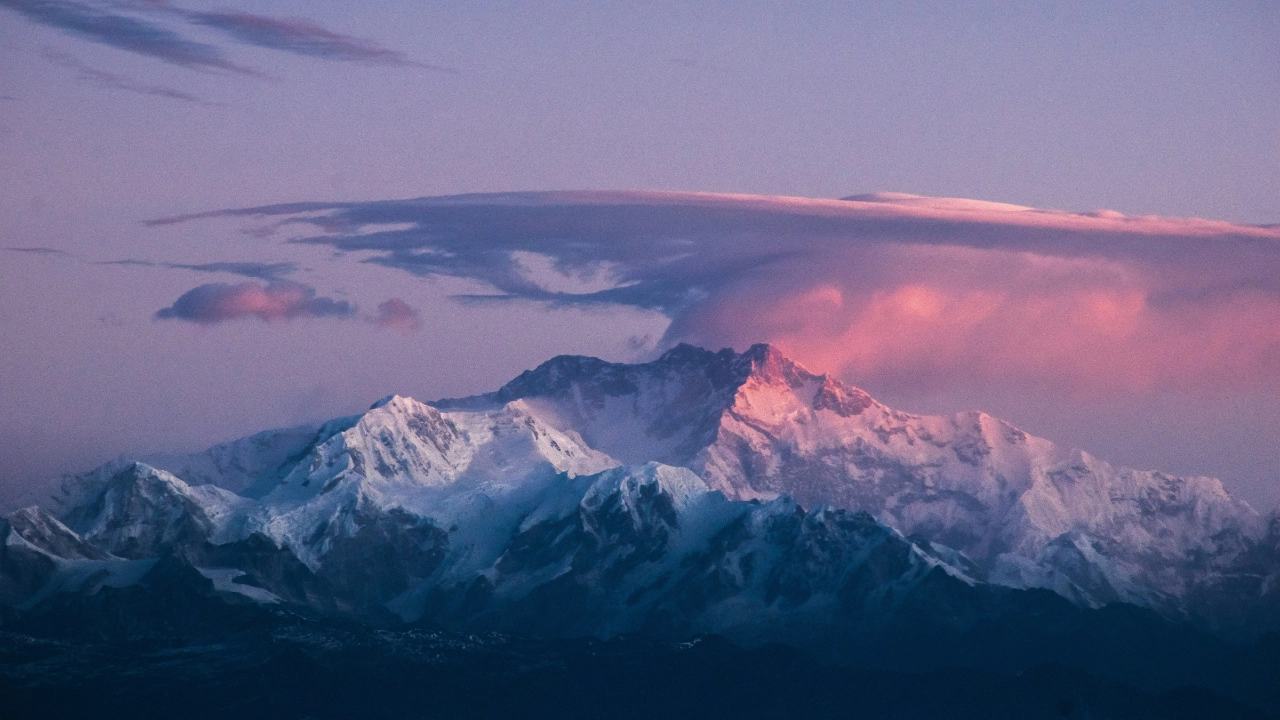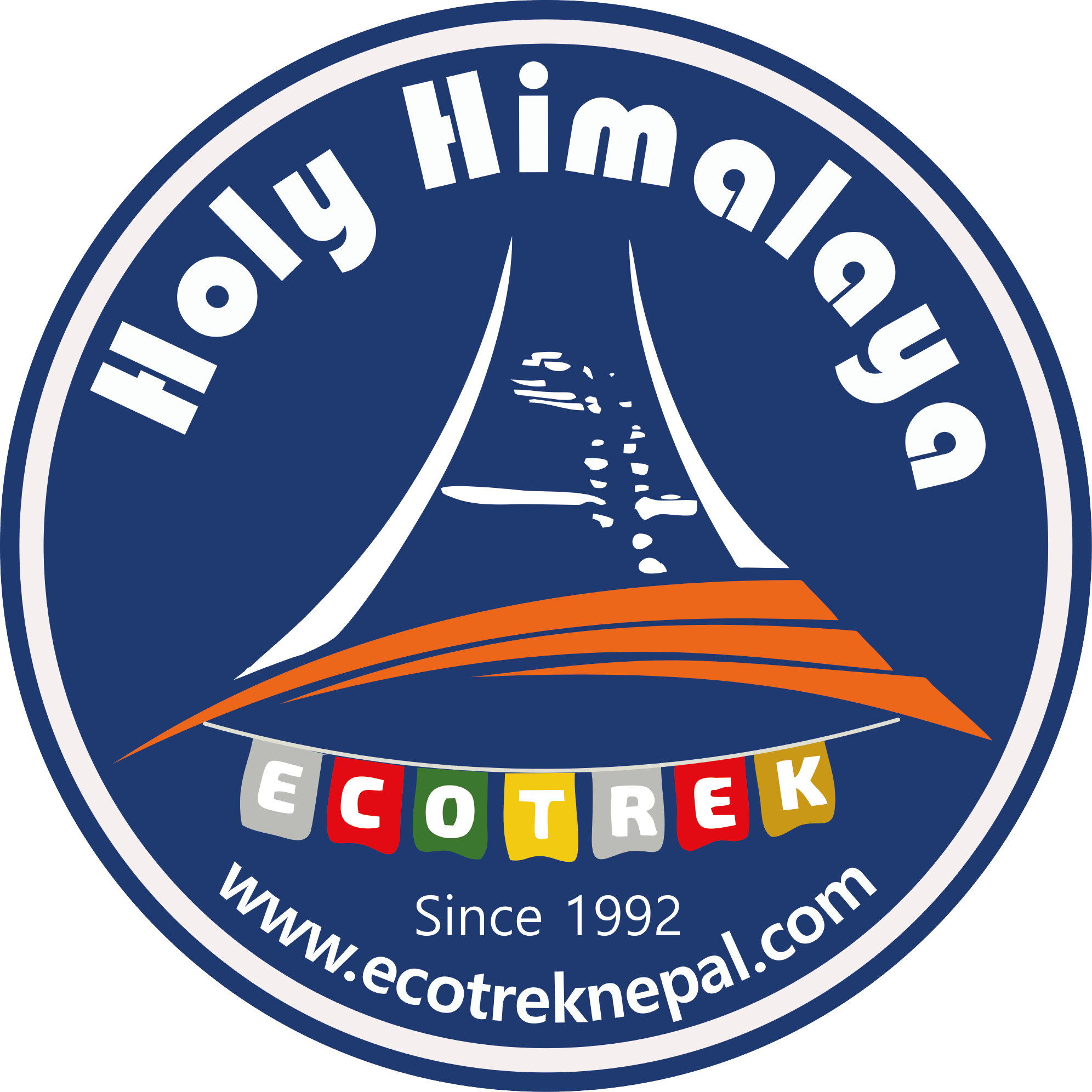
Annapurna Base Camp Trek
Tour snapshot
14 Days
2 persons
Nepal
Trekking in Nepal
Overview
Mount Annapurna (8,091 m) is one of the 10th highest mountains in the world, and the Annapurna Base Camp Trek is the journey that takes you to the base of the Annapurna massifs.
The journey to the base camp of Annapurna takes you through the diverse landscapes, stunning mountain views, and varieties of flora and fauna, including lovely people and their joyful traditional lifestyle. The land mark of the base camp is at an altitude of 4,130 m, offering basic accommodation and food. The majestic peaks of Hiunchuli (6,441 m), Annapurna South (7,219 m), Annapurna I (8,091 m), Khangsar (7,485 m), Gangapurna (7,455 m), Annapurna III (7,555 m), and Machhapuchhare (6,993 m) accompany you from base camp or throughout the trek.
The trek goes through a gradual variation in altitude and a diverse ecosystem. The journey through the verdant forests adorned with rhododendron, picturesque rice paddies, terraced farmlands, unrivaled mountain vistas, and the rich tapestry of Nepalese lifestyle and culture is truly stunning.
There are plenty of Buddhist shrines, gumbas, and mani where you can soak up the serene atmosphere far from the contemporary settings. This trek is a piece of heaven in the mountains, with stunning waterfalls, white water rushing from the icy glacier, a hot water spring, a bamboo forest, colorful rocks, and many other elements to explore.
Highlights
- Trek to the base of the world's 10th highest peak.
- Explore diverse landscapes and stunning views.
- Experience Nepalese culture and lifestyle.
- Witness a breathtaking sunrise from Poon Hill.
- Visit Buddhist shrines and enjoy hotsprings.
Itinerary


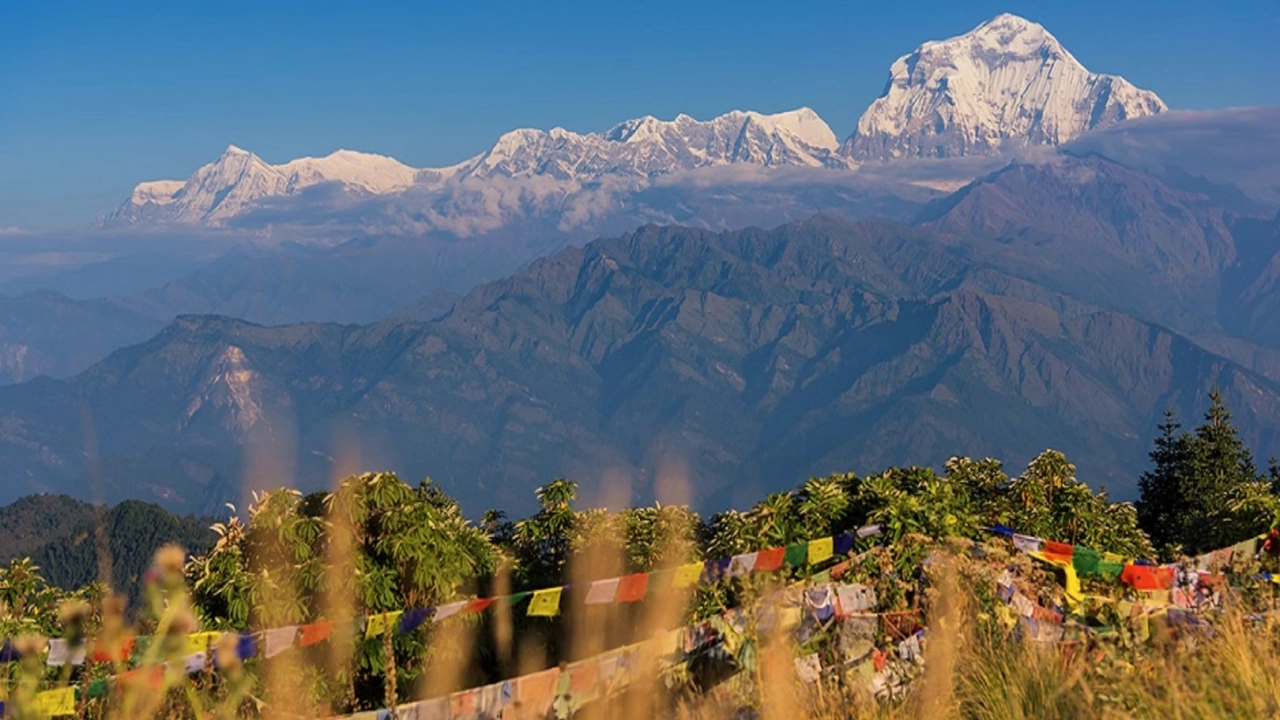
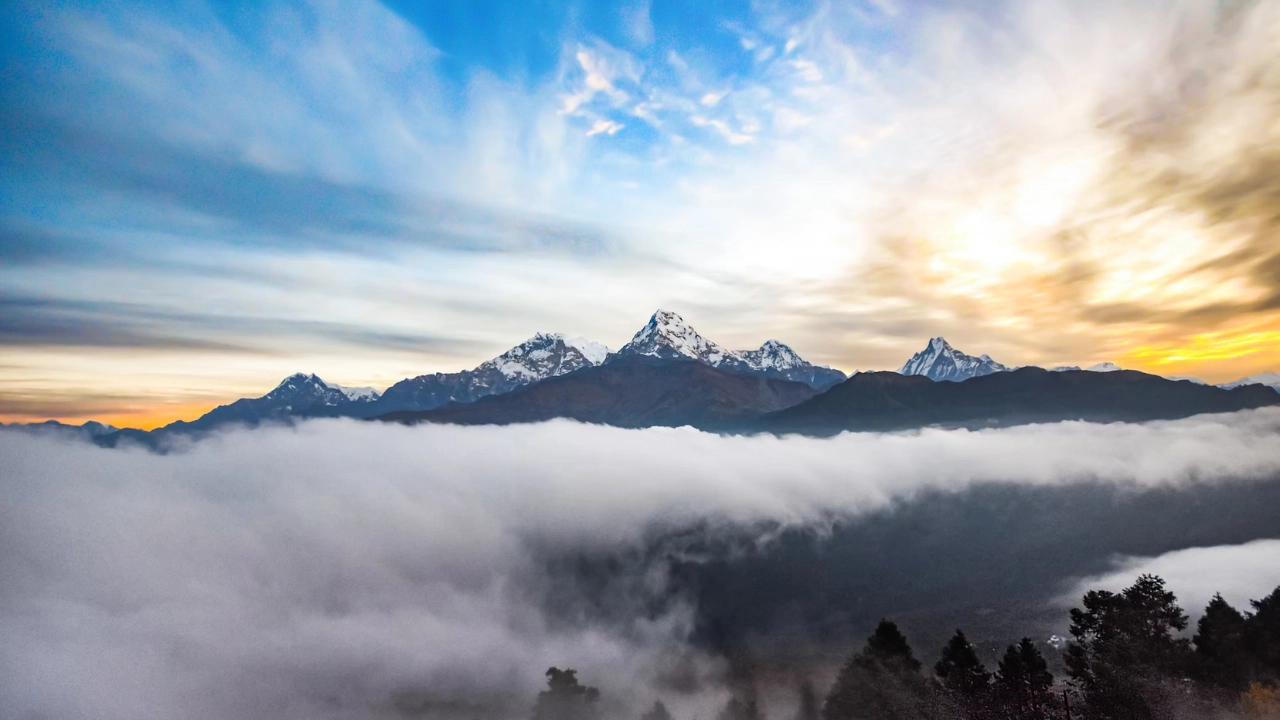


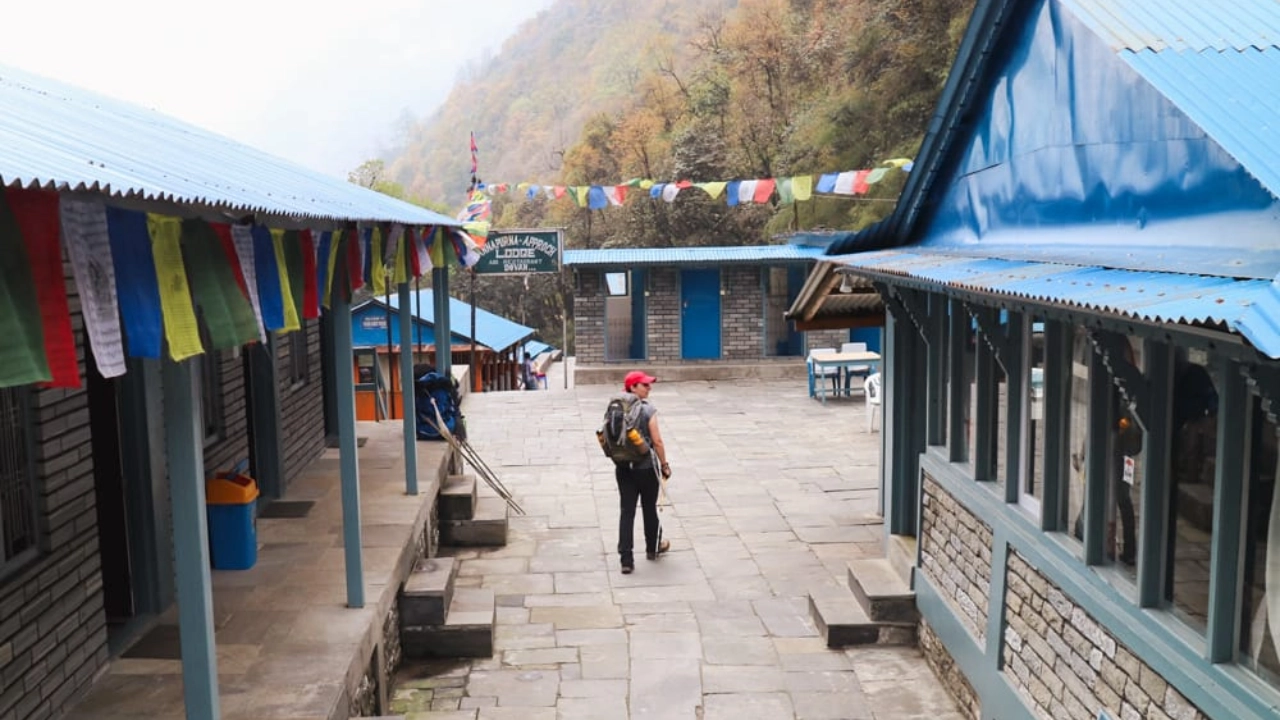
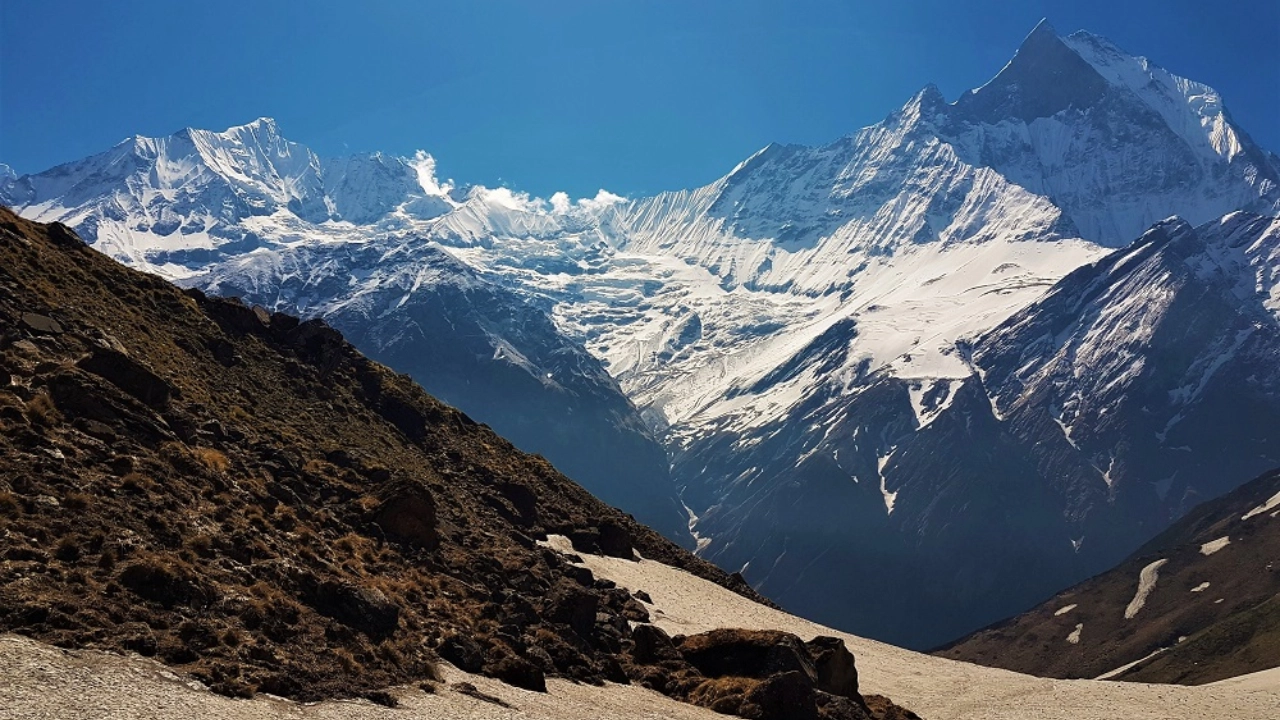






Included/Excluded
Service Fee Only, Explore Nepal Fully!
Select Dates
{{type.name}}
{{type.display_price}} per person
Guests
Extra prices:
- {{total_price_html}}
- {{pay_now_price_html}}
FAQs about Annapurna Base Camp Trek

What are the best seasons to go trekking in Annapurna Base Camp? The best time to go trekking in Annapurna Base Camp starts from February to June and from October to December. Our trekking season falls from mid-September to May, with the monsoonal rains breaking up by early September. From late September to December, you can expect fairly stable weather conditions, with mild to warm days and chilly nights.

Not necessarily; for as long as you are in good physique and have the determination for it, there are no calls to prior experiences in any trek. Although this ABC in Nepal, though, possesses some threats—altitude in particular—that are widely considered challenges, and on top of these, trekking takes a fairly longer period; it is roughly 5 to 8 hours of journey each day in difficult trails and steep paths.

Accommodations during the trek are generally basic but clean, prioritizing functionality over modern luxuries. While most places along the route provide attached bathrooms, as you ascend to higher elevations, communal bathrooms become more common.

All tea houses on the trails have electricity available; you can recharge your phones and other electronic devices. For the most part, you pay a minimal amount for charging, but it is almost always available. Paid internet service is also available—usually per hour. The expectation of high-speed service in remote areas may not be realistic due to geography.

The first two necessary permits for going on an expedition in the Annapurna region are the Trekking Information Management System (TIMS) and the Annapurna Conservation Area Permit (ACAP). These two permits are essential, as they are to be presented at all different checkpoints throughout your trek.

